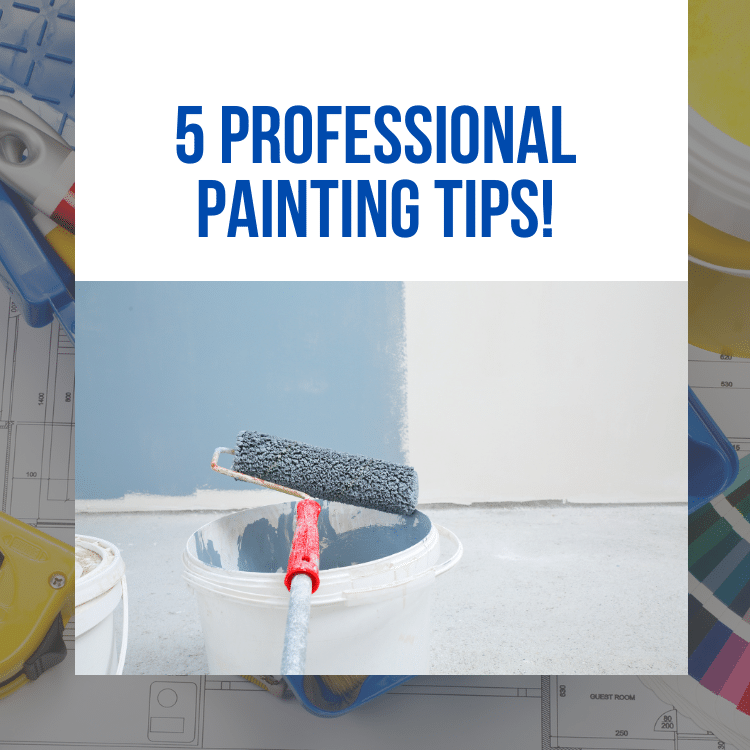We offer a wide range of services for that renovation, update, or regular maintenance to keep your home functioning and safe. We also offer financing options for those larger projects.

Painting / January 11, 2023

When was the last time you painted a room in your house? Painting requires specific techniques and tools to ensure a pristine surface finish. If you want your walls to look beautiful and flawless, hire painting services in Saskatoon, one that uses industry tips to get the job done right.
Before you start a painting project, take everything out of the room. If any piece of furniture is too big or awkward to take out of the room, move it to the center and cover it with plastic. While you may want to use drop cloths on the floor, please do not use them to protect furniture. Plastic is the surest barrier.
You want everything out of the room so you can move freely. Professionals will always empty a room to limit the chances of staining and speed up the painting process.
People often struggle to decide whether to paint the trim before the walls or after. You should always paint the trim first because it is easier and faster. When you paint the trim first, you can be sloppy because you will paint the walls later. Also, it is easier to tape off the trim work than specific wall areas.
Professional painters always paint the trim first, followed by the ceiling, then the walls. That’s right; the walls are the last thing to receive paint. You usually want to wait a full 24 hours before taping off the trim and the ceiling to ensure they are dry, which is why most painting jobs take a minimum of two days.
Every house painter will start a new project by cleaning the room thoroughly. They will dust trim edges and widow ledges and vacuum the floor and room corners to ensure nothing will affect the paint’s finish. Most professional painters will also vacuum and dust the room several times during the painting process to provide the most pristine finish.
You are bound to find imperfections when working with a liquid medium like paint. When the first layer dries, you will probably notice ridges or bubbles, or other imperfections in the finish. The best way to eliminate the imperfections is to sand in between each coat.
Sanding between coats can sound a bit overwhelming, but you do not need to sand through layers. You only want to sand for a few minutes over the most noticeable imperfections. It should be a quick process. Also, you want to avoid using lower grits that are too abrasive. Use non-clogging 180- to 220-grit sandpaper or sponges.
If you want the best finish, you must fill all visible holes before painting. Too many people believe that paint will hide tiny surface imperfections, but that is incorrect. In fact, a fresh coat of paint will highlight minor imperfections. Therefore, you should fill dents and holes with some type of filler. For shallow dents and divots — less than 1/8-inch deep — use spackling. For deeper imperfections, use an epoxy wood filler or two-part filler. While fillers can be a pain to work with, they offer the most durable surface repair possible. A professional will usually have a preference as to the repair material they use.
Are you ready to upgrade the paint scheme of your home? Contact Handyman Connection, a reputable company in Saskatoon, and get in touch with professional and experienced painters who can ensure your home looks flawless. The company will send a team of painters to assess your project needs and propose a budget and price for the task.